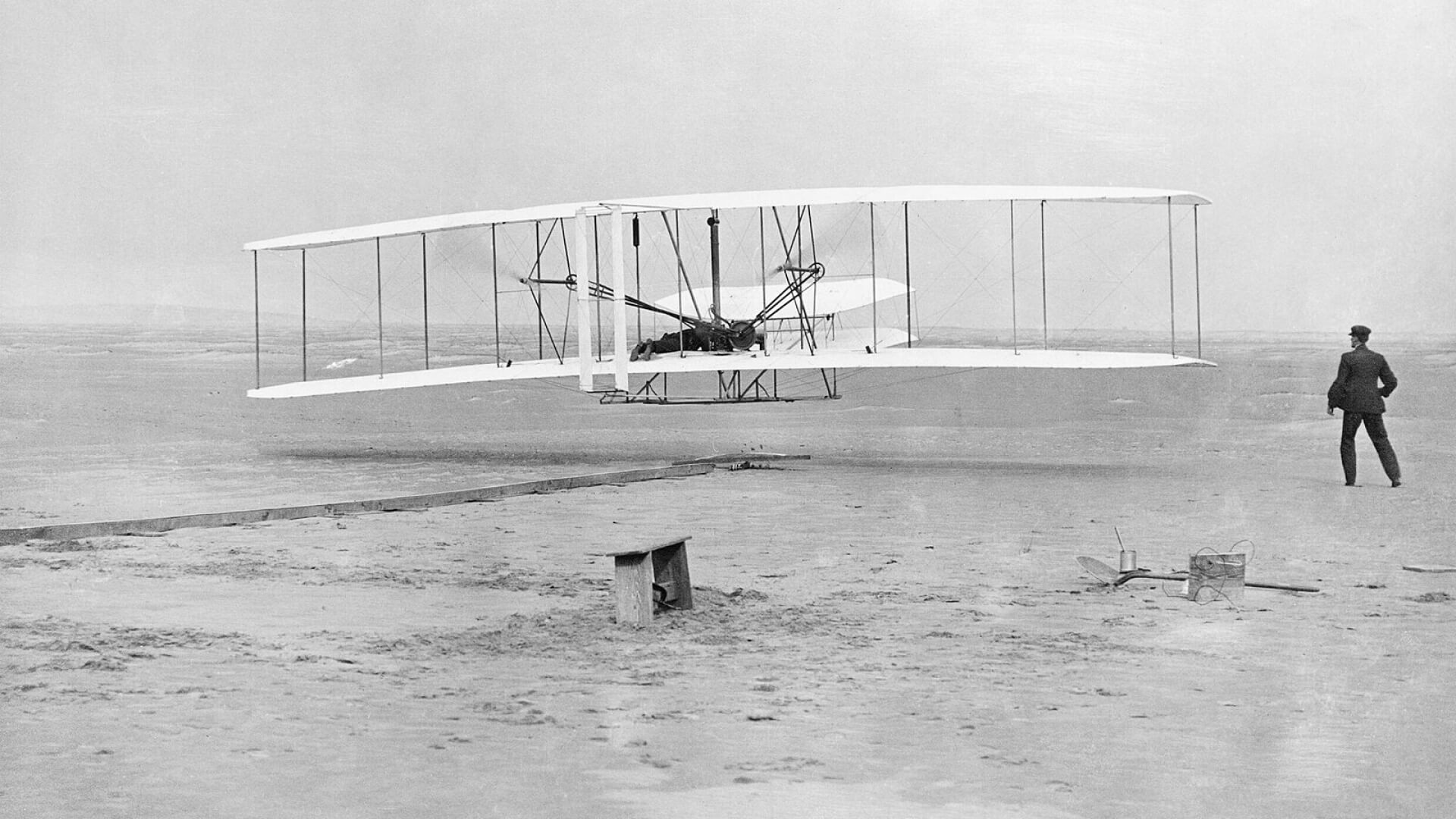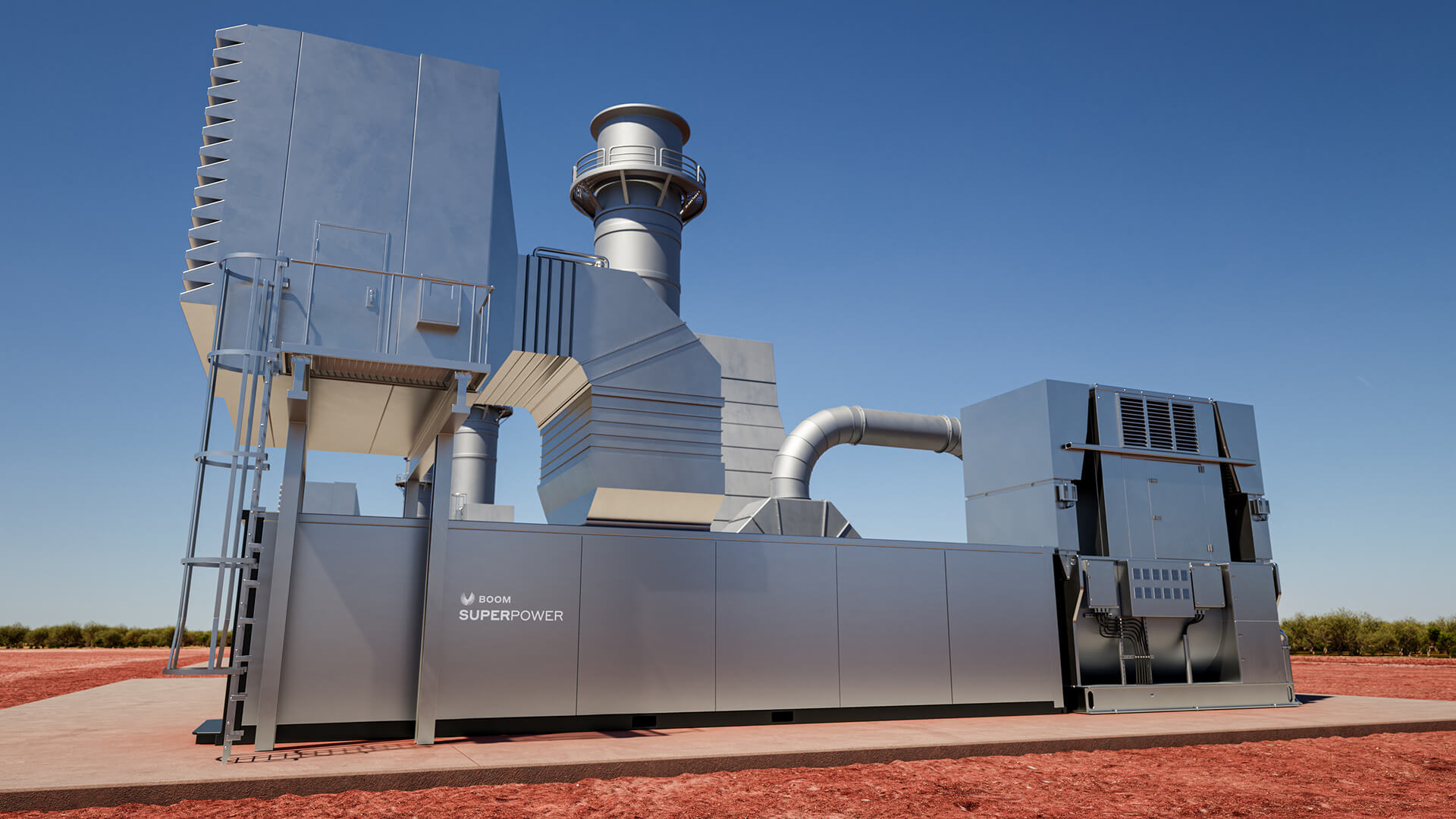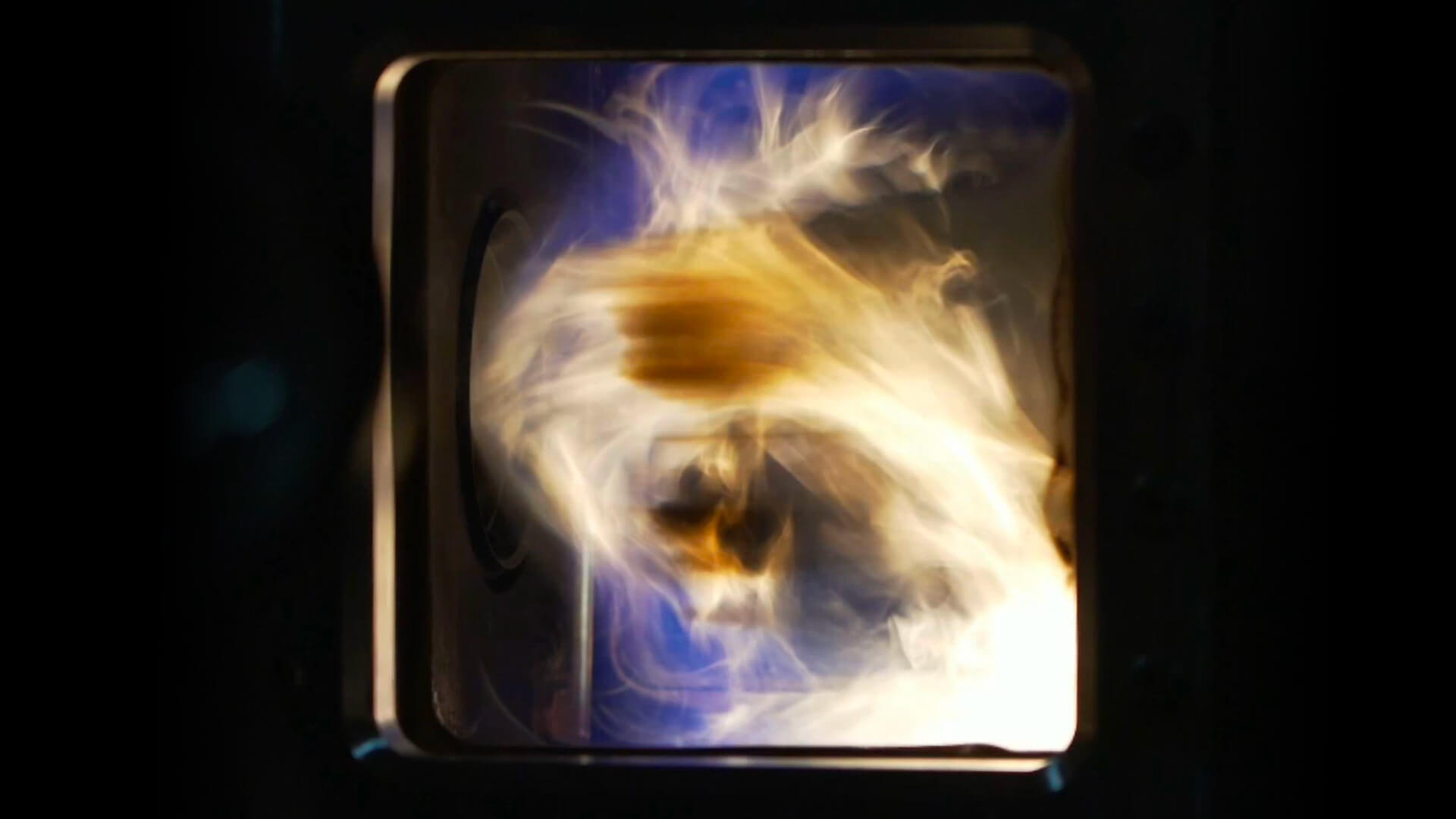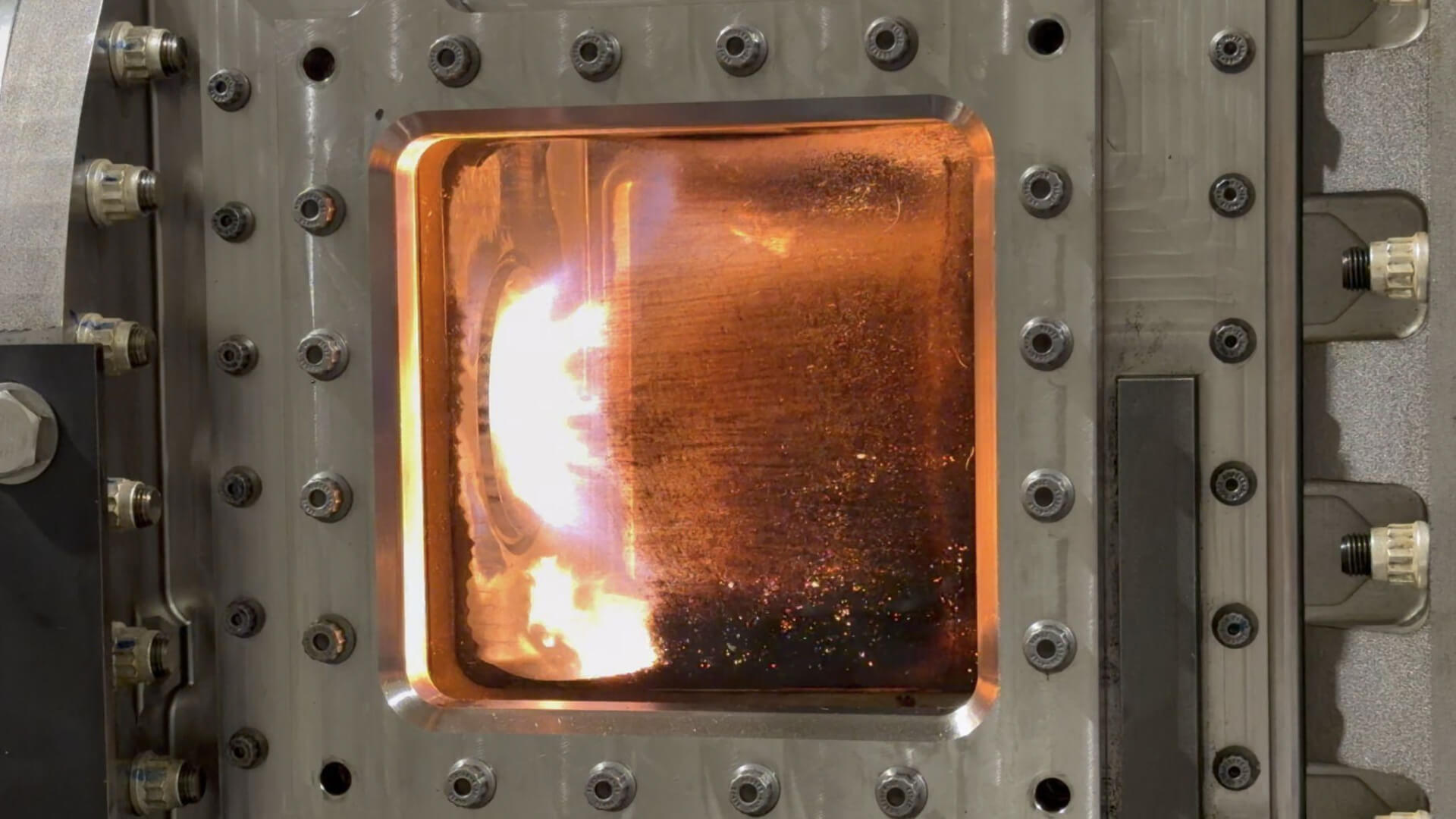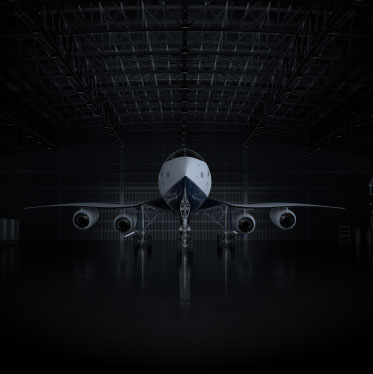What does Mach 1 feel like?
While flying at Mach 1 evokes visions of high-speed thrills, the reality of supersonic travel—elevated by expert engineering—is a smooth ride with breathtaking views at 60,000 feet.
Mach 1 marks the threshold where a plane’s speed matches the speed of sound, approximately 767.3 mph. By comparison, narrow-body commercial jets like the Airbus A320 and Boeing 737 typically cruise at Mach 0.78 (about 587 mph).
Contrary to dramatic movie scenes of pilots gripping controls in shaking cockpits, supersonic jets are designed for an exceptionally smooth ride, even at Mach 1 and faster. At cruising altitudes of up to 60,000 feet, the thinner air reduces resistance and turbulence, ensuring a calm and steady flight.
After nearly 7,000 hours of supersonic flight, former Chief Concorde Pilot Mike Bannister debunks the Hollywood myths, explaining that supersonic planes like Boom’s Overture are made for a smooth ride. “These planes are very cleverly designed to eliminate all of that,” he says. “It’s a testament to the brilliance of the engineers and mechanics.”
However, some passengers find the physical sensations underwhelming—especially those expecting high-adrenaline thrills. Takeoff feels similar to a regular subsonic flight.
There’s no physical sensation to mark the crossover into Mach 1, when the plane is traveling at the speed of sound. In fact, there would be no way for passengers even to know it had occurred without a display screen and a crew announcement to mark the big moment. “You don’t feel the moment or the lead-up. In Concorde, they had a screen telling people when we reached Mach 1 because there were no other signs,” Bannister explains.
Can passengers hear the sonic boom?
While supersonic jets are known for their infamous sonic boom, it’s something that’s only experienced from the ground when a jet flies overhead.
When an aircraft breaks the sound barrier, it creates a sudden change in air pressure, forming a sonic cone that spreads outward and downward. This cone carries shock waves, and as they reach the ground, they make a loud, thunder-like sound.

People on the ground hear the sonic boom because the pressure waves within the sonic cone travel downward and outward, but pilots and passengers in the aircraft don’t hear it since the waves are generated with them, trailing behind and below the aircraft.
A journey without jet lag
Another experience that’s noticeably absent—in a good way—is jet lag. Because supersonic planes fly faster than the Earth’s rotation, travelers can arrive at their destination earlier than they left, and their bodies’ circadian rhythm isn’t affected the way it is with longer travel across time zones. This makes supersonic travel especially appealing to business professionals. “When you land, it’s earlier time-wise than when you started,” Bannister says. “Executives can fly from A to B in the morning, have their meetings, and fly home the same evening with no jet lag.”
Watching time move backwards
While supersonic flights lack dramatic physical or audio sensations, the visual experience is truly surreal.

From these altitudes, passengers can see the Earth’s curvature and, at times, witness unique phenomena. For example, a flight leaving London for Washington D.C. around 7 PM in the spring or fall starts off in darkness. But because the plane travels faster than the Earth’s rotation, passengers can catch an unusual sight: the sun rising in the west. It’s like getting a second sunrise for the day, with the sun appearing to move backward across the sky.
Bannister describes a particularly bizarre experience when passing other planes: “If you’re flying above something like a 747, it’s the strangest sight because you’ll still see the contrails coming out the back, but it appears to be flying backward as you pass,” he says.
The innate need for speed
While Bannister has logged thousands of hours at supersonic speeds, he still remembers the awe he felt during his first experience: “I just kept thinking about how cool it is to be going that fast,” he says.

But supersonic travel is about more than just speed. With the revival of supersonic travel, there’s a new opportunity for connection. Bannister describes how the unique camaraderie that formed among passengers added a unique layer to the experience. “There have been a lot of major business deals made on those flights because of the way people interact with each other,” he says. These interactions often began in the lounge while waiting to board, and continued through the flight and beyond.
Despite its elegance and refinement, supersonic flight remains exhilarating. While Overture aims to make supersonic flight routine, the experience will remain exhilarating. “Even people who have flown supersonic hundreds of times never stop getting excited about it,” Bannister says.

